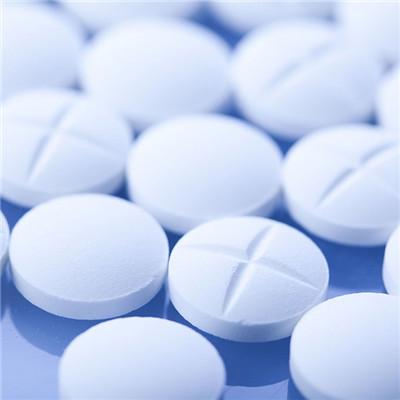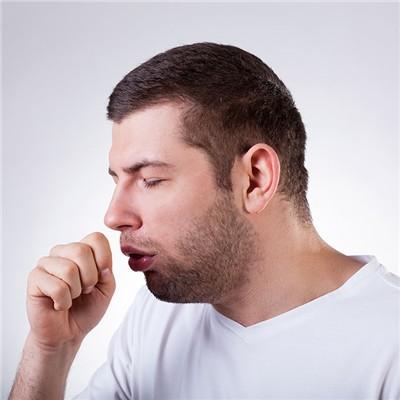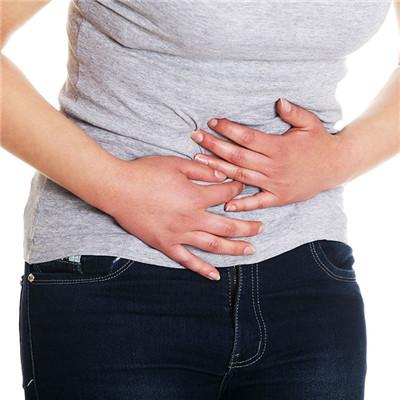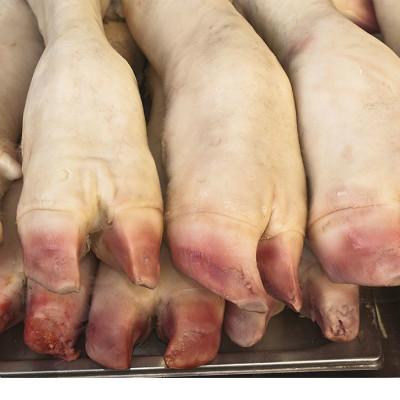What are the causes of infectious vegetations?
summary
The basic pathological change of infective endocarditis is the attachment of vegetations composed of platelets, fibrin, red blood cells, white blood cells and infectious pathogens on the surface of the heart valve. Infective endocarditis refers to the inflammation of the inner membrane of the heart valve or ventricular wall caused by the direct infection of bacteria, fungi and other microorganisms (such as virus, Rickettsia, chlamydia, spirochete, etc.). What are the causes of infective vegetations? Next, I'd like to share my views with you.
What are the causes of infectious vegetations?
In recent years, there are more and more patients without heart disease, especially in patients with long-term intravenous therapy, intravenous anesthetics addiction, and immunosuppression caused by drugs or diseases. Infective endocarditis also increased after prosthetic valve replacement.
Endocarditis of left heart mainly involved aortic valve and mitral valve, especially in patients with mild to moderate insufficiency. Endocarditis in the right heart is rare, mainly involving the tricuspid valve. Among all kinds of congenital heart diseases, patent ductus arteriosus, ventricular septal defect and tetralogy of Fallot are the most common. Among single valve diseases, bicuspid aortic stenosis is the most common, and valve prolapse (aortic valve and mitral valve) is also prone to this disease.
Acute infective endocarditis is often caused by purulent bacteria invading the endocardium, mostly caused by virulent pathogens. Staphylococcus aureus accounted for more than 50%. Before the application of antibiotics in clinic, 80% of subacute infective endocarditis was caused by non hemolytic streptococcus, mainly by Streptococcus viridis.
matters needing attention
Patients with valvular heart disease, cardiovascular malformation and prosthetic valve should strengthen their physique, pay attention to hygiene and remove the infected focus in time. Prophylactic antibiotics should be used in dental and upper respiratory surgery or mechanical operation, operation or operation of lower gastrointestinal tract, gallbladder, urogenital tract, and other surgical operations involving infection.












